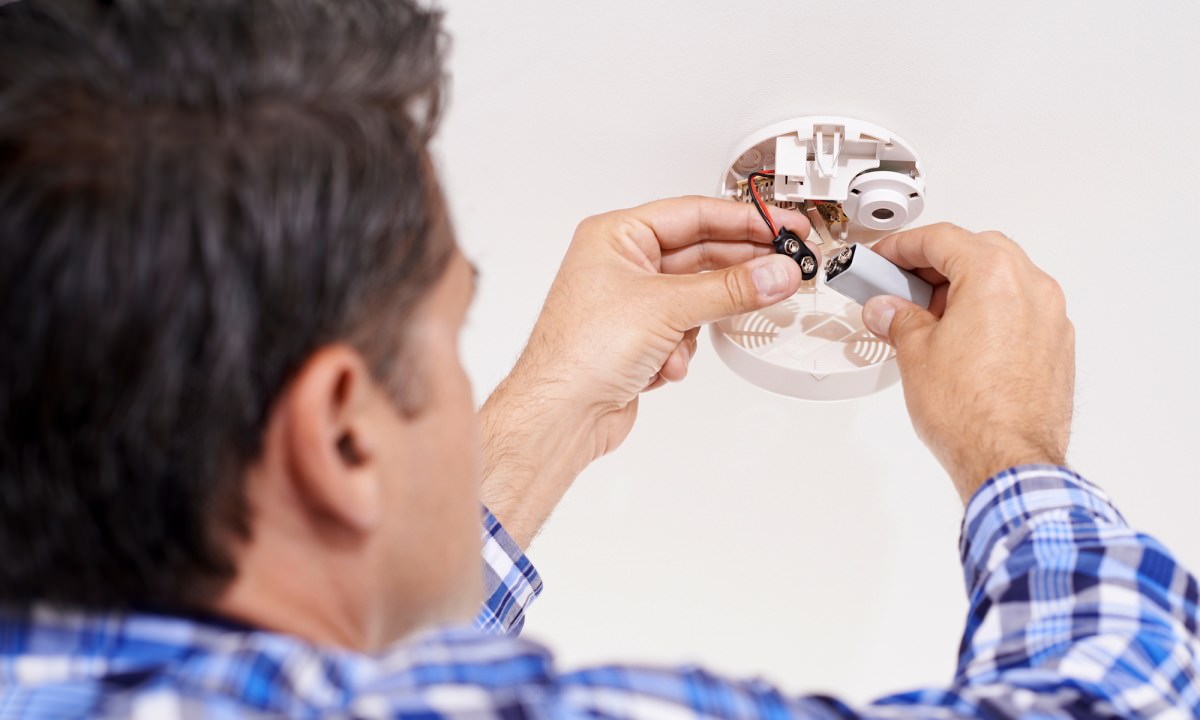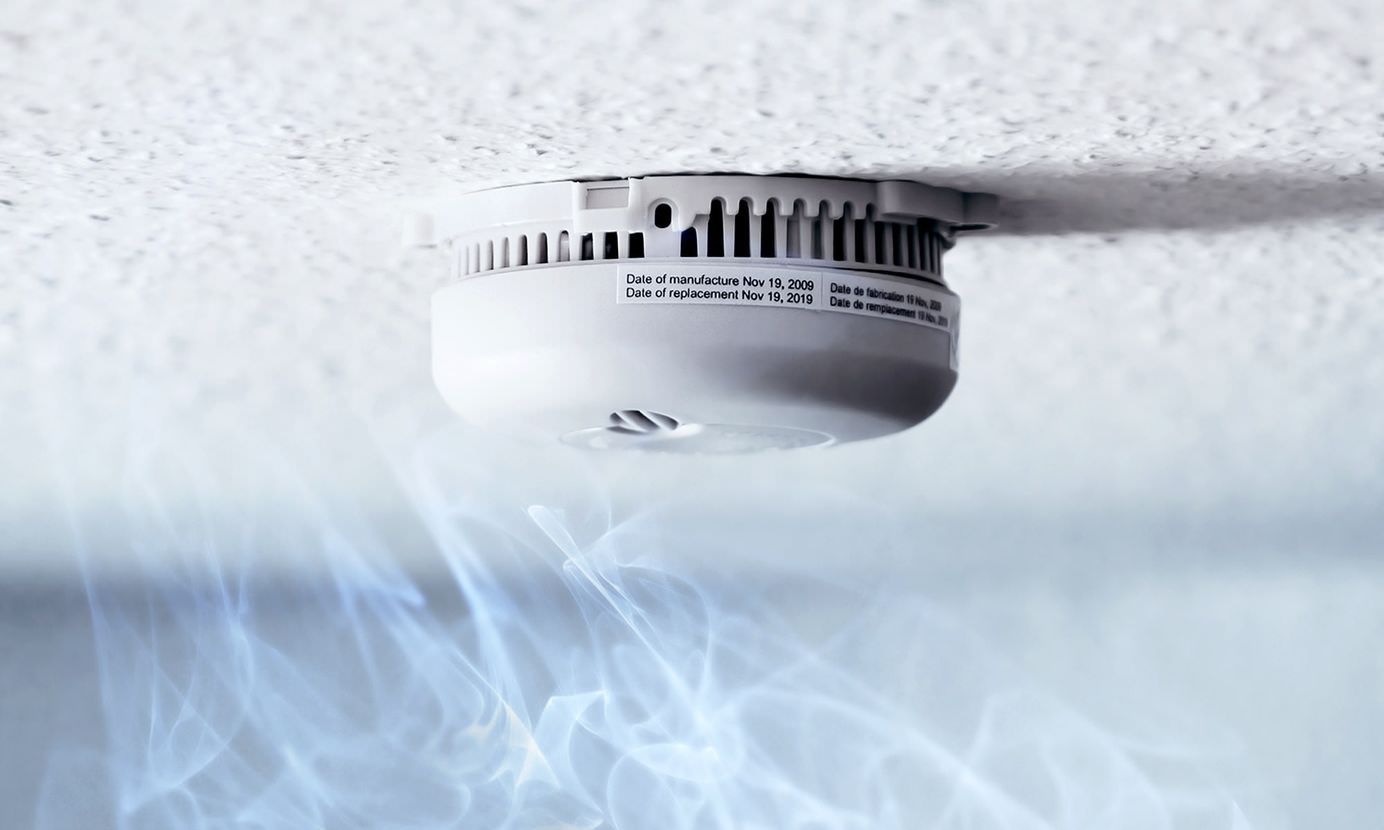House fires don’t discriminate—they could happen to anyone. One of the best ways to protect yourself is through the use of smoke alarms.
But it’s usually not enough to simply buy an alarm, stick it somewhere, and call it a day. Fire safety involves careful planning, regular testing, and ongoing maintenance. This requires a bit of effort, but it’s a small price to pay for the peace of mind that comes from knowing you and your loved ones are safe.
Location, Location, Location
Your home probably requires more smoke detectors than you think. Smoke alarms should be installed in every bedroom in your house, as well as in hallways by sleeping area. Smoke detectors should also be located in common areas like the living room, den, and kitchen (keep it at least ten feet away from the stove/oven to avoid frequent alarms). Windows, ducts, and doors can cause interference, so keep alarms away from these openings.
At an absolute minimum, there should be at least one smoke detector on every level of your home.
Proper Installation
Always read and follow the manufacturer’s instructions when installing a smoke alarm. Most alarms need to be placed directly on the ceiling, at least four inches away from the wall. Some alarms are specifically made to be installed on a wall rather than on a ceiling—check the instructions for clarification.
The installation itself should be straightforward. It will require general tools that you probably already own: a hammer, a drill and drill bits, a pencil, a measuring tape, and a ladder. Most alarms include two separate components: a mounting base that screws into the ceiling and the alarm itself, which twists into the mount.
Need a hand with the installation? The Red Cross will be installing 100,000 smoke alarms this year during their Sound the Alarm between September 23 and October 14 in different cities throughout the country. Make an appointment and let the pros show you how it’s done.
Testing, Testing
Smoke alarms should be checked each and every month—yep, all of them. Pick a day of the month (say, the first Wednesday of every month or each month on the 15th) and make a habit of testing them all. Testing is typically very straightforward: most alarms come with a “Test" button that, when pushed, will emit the unmistakable alarm sound if it is working correctly.
If any alarms aren’t functioning properly, they should be repaired or replaced as soon as possible.

Listen for the Beep
Smoke alarms that use replaceable batteries will typically emit a short “chirp" sound when the battery is running low. Don’t wait for the short beeps to stop before replacing the battery—the sooner you get to it, the better.
Even if you don’t hear a beep, it’s a good idea to replace batteries at least twice a year.
The alarm may require a particular brand and model of battery, so be sure to consult the instructions that came with the alarm.
Keep It Clear
Never paint over a smoke detector—take it down temporarily if you need to paint the ceiling or walls, then put it back up immediately. Do not tie, hang, or stick anything to the alarm, as this can cause it to stop functioning.
Carefully check each smoke alarm at least once a year. Check the expiration date and clear off any dust that may have accumulated.
Use Back Up
Smoke alarms are an excellent tool to be used to prevent fires—but they aren’t the only resource available. In addition to smoke alarms, keep at least one dry chemical fire extinguisher in your home. One fire extinguisher should be kept in (or close to) the kitchen, and there should be additional extinguishers for each floor in the home.
Know the Drill
Prepare your family on what to do if and when the alarm rings by developing a fire escape plan. Practice makes perfect: conduct regular fire drills to ensure that your entire family can get out of the house in under two minutes. Communicate a clear meeting area with all members of the family, and make sure that all family members know not to go back into the home for any reason.
Want more help on how to prepare yourself for an emergency? Download the Red Cross Emergency App for tips on staying safe in various emergency situations.
